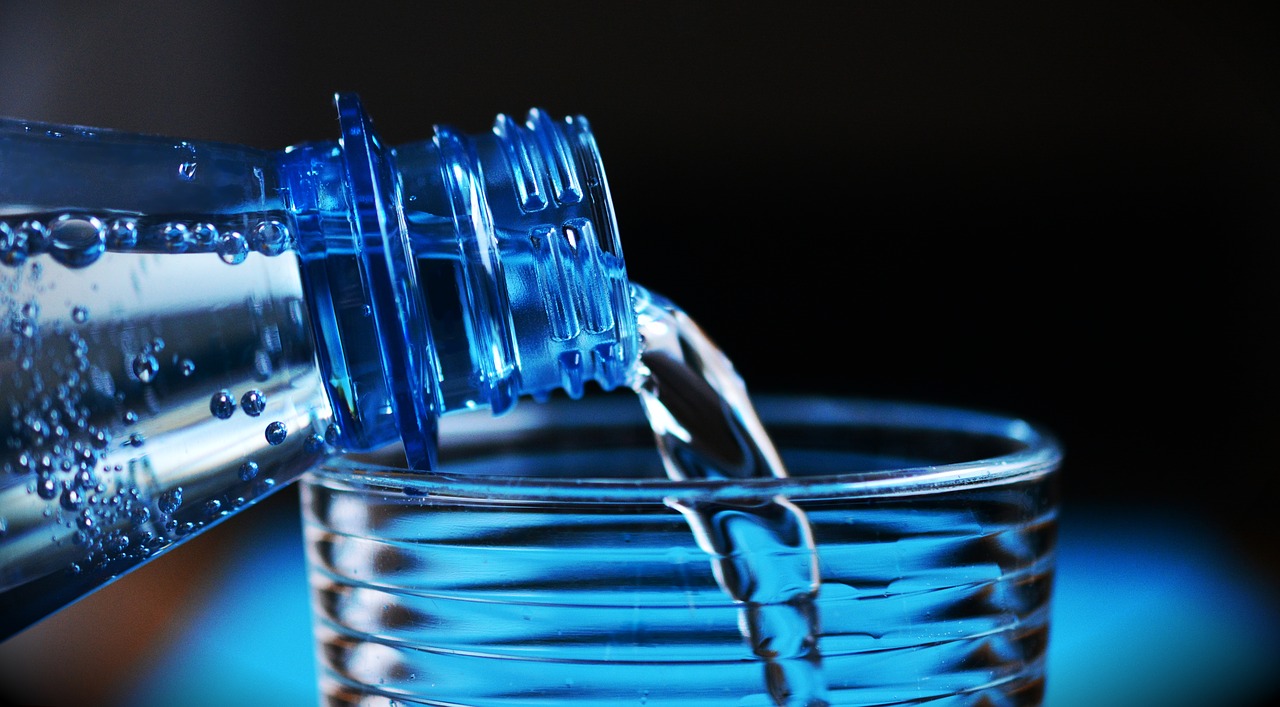Materials Science
Material opportunities for bioplastics in packaging 5th August 2019
By John Nelson, Smithers
Packaging applications present a major future growth market for bioplastics as the global polymer industry looks to commercialize
Packaging applications present a major future growth market for bioplastics as the global polymer industry looks to commercialize production across the next 5 years, says Smithers’ John Nelson.

The current drive to eliminate polymers from packaging – most recently emphasised by the publication of the EU’s draft Directive on single-use plastics – is making packaging a key market for biopolymers.
Data from a recent report by Smithers, a worldwide authority on the packaging, paper and print industry supply chains, show that worldwide consumption of bioplastics in packaging is expected to increase from 1.50 million tonnes to 3.18 million tonnes over the next 5 years.1 The total value of this market will rise at 15.0% year-on-year from 2019 to 2024, from $4.40 billion to $8.83 billion. Three key factors are shaping the outlook for these materials: beverage bottles, bio-polyethylene (PE) plastics and polylactide (PLA) polymers.
Beverage bottles
The fastest growing application for bioplastics will be in beverage bottles, as this market grows from $1.20 million to $3.17 billion across 2019 to 2024.
Main demand will come from bottled waters and carbonated soft drinks. In the later application global brand owners Coca Cola, Nestlé and PepsiCo have already contributed to development work to designing bioplastic versions of PET bottles. Each of these companies has also signed ambitious goals to minimize the impact their packaging will have on the environment, with targets set for 2025.
The main demand in this segment will be for bio-PET – constructing the polyethylene terephthalate polymer from bio-sourced raw materials. This has the advantage that it can be a drop-in replacement for oil-derived PET, and used in existing blow-moulding lines.
Currently, bio-PET is blended with conventional PET. Competition is vigorous to minimize the percentages of conventionally derived PET, while matching key performance characteristics such as barrier performance and clarity. Perfecting and industrializing processes to make 100% bio-PET is a high R&D priority among companies, but large-scale production of fully bio-PET pack formats is unlikely before 2024.
Bio-PE/PP
Bioplastics – polyethylene (PE) and polypropylene (PP) – synthesized from plant-source ethylene monomers in conventional PE production facilities will be the second most important material type for packaging industry over the next 5 years.
The properties of bio-PE, and of the underlying ethylene monomer, are indistinguishable from the properties and performance of comparable fossil-sourced materials. Fermentation-based ethanol is readily converted in industrial chemical processes to bio-ethylene monomer, and thence to bio-PE plastics.
Bio-PE is expected to grow rapidly from about 470,000 tonnes in 2019 to almost 952,000 in 2024. Growth, however, will be constrained by capital investment and plant construction schedules.
PLA
PLA polymers are derived via fermentation from plant-based starches such as corn, sugar beet, cassava and wheat. These have been subject to a large volume of research funding in recent years which is now poised to come to fruition.
Currently, PLA grades can cost 20–50% more than conventional polymers used in similar applications. This is limiting their commercial viability. Future priorities for companies active in this area include optimizing genetics and microbiology to improve the efficiency and selectivity of fermentation microorganisms, and developing new PLA formulations to address needs of specific packaging applications.
Reference
1. Smithers. The Future of Bioplastics for Packaging to 2024, July 2019.
1. Smithers. The Future of Bioplastics for Packaging to 2024, July 2019.
Author
John Nelson, Commissioning Editor at Smithers, Cleeve Road, Leatherhead, Surrey, KT22 7RU, UK



